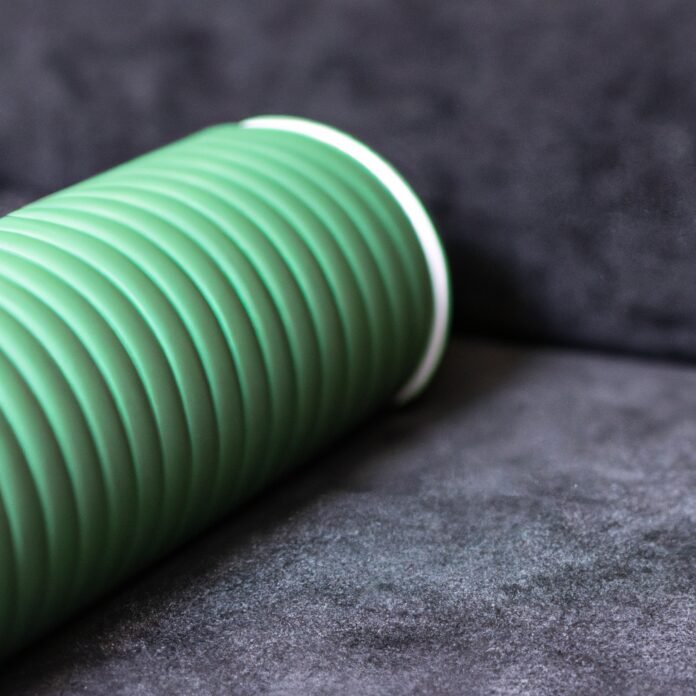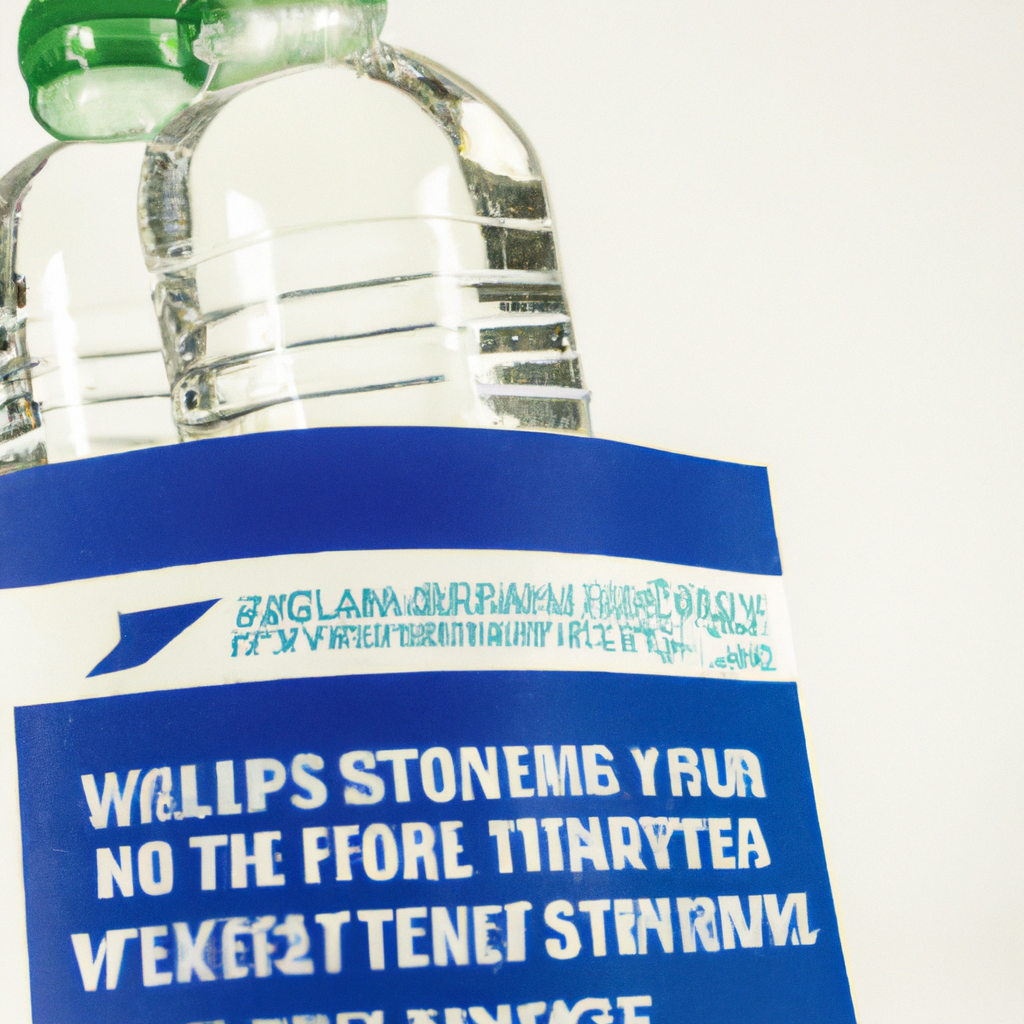Prolonged physical activity can be tough on the body, causing aches and pains, bloating and fatigue. But there are ways to help your body recover faster and with less discomfort, and foam rolling is one of them! Through regular foam rolling exercises, you can improve your mobility, reduce muscle soreness and fatigue, and promote faster tissue recovery. Keep reading to learn more about foam rolling for recovery — including the different techniques you can use and the benefits it provides your body.
1. “Unlocking the Power of Foam Rolling: A Guide to Boosting Recovery and Relieving Muscular Tension”
Foam rolling has become increasingly popular in recent years as a way of improving range of motion, supporting recovery from exercise, and relieving muscular tension. Here is a guide to unlocking its power:
- Fundamentals: Foam rolling is a self-myofascial release technique in which pressure is applied to the muscles and connective tissues by rolling over a foam roller. This helps to relieve pain, stimulate recovery, and enhance range of motion.
- Finding the Right Roller: Depending on your goals, it’s important to select the right foam roller for your needs. There are high-density foam rollers that can provide extra compression for deeper tissue relief, while softer foam rollers are great for gentle stretching and are more beginner-friendly.
- Getting Started: Finding the right rolling points is key to a successful foam roll session. Begin by visiting the sore areas of your body and apply pressure with your body weight. Slowly roll back and forth with light pressure until you find the areas that are tight or sore and hold there for 10-30 seconds.
- Progressing with Intensity: Once you find the tight spots in your body, you can increase the intensity of the massage. Take your time and concentrate on stretching the desired areas in different directions and vary the pressure as you roll. Releasing and stretching the connective tissue in the right areas can be very beneficial for a wider range of motion and pain relief.
- Finishing Up: After you finish your foam rolling session, finish up with gentle stretches and take some time to really focus on the areas you foam rolled. Overtime you should begin to feel an improved range of motion and an overall decrease in muscular tension.
As with any new exercise or activity, it is best to ease into foam rolling. Start with the basics and then gradually increase time and pressure as needed. With patience, you can unlock the power of foam rolling and improve your overall health and fitness.
2. “Rolling Towards Relief: Unveiling the Art of Foam Rolling for Effective Recovery”
Foam rolling has become a major tool for loosening sore muscles and keeping them in pristine condition. Here’s how— and why— you should incorporate this practice into your routine.
Get to Know the Basics
- Foam rolling involves moving your body over a cylinder-shaped piece of foam.
- It’s an efficient method for targeting knots in the fascia- the thin layers of connective tissue that surrounds muscles.
- Pressure is applied with your own body weight, allowing your muscles and fascia to loosen without the need for expensive equipment.
Benefits of Foam Rolling
- Aside from feeling great, the benefits of foam rolling are numerous. Specifically, it increases flexibility, promotes mobility, and improves recovery time.
- It also helps to reduce soreness, inflammation, and fatigue caused by rigorous exercise.
- Foam Rolling even helps to prevent injury- by keeping the fascia in good condition, it helps to ensure your muscles stay elastic and can handle heavier workloads.
How to Foam Roll
- To foam roll effectively, apply slow, steady pressure while rolling out the foam.
- Hold each roll for 30-60 seconds and focus on any areas that feel sore or tight.
- As you roll, your muscles will begin to relax and any knots will become looser.
- Try to be consistent with your foam rolling- aim for at least two or three times a week.
Takeaway
Foam rolling can be an effective tool for combatting soreness and promoting recovery. By engaging in this practice on a consistent basis, your muscles will thank you!
3. “Foam Rolling: Your Gateway to Rejuvenation and Injury Prevention”
Foam rolling is an effective and efficient way to loosen up tight muscles, promote better circulation and reduce overall tension. It’s an essential part of any self-care and fitness routine as it can help to prevent injury and keep you performing at your peak. Here are the benefits of foam rolling, and how to get the most out of it.
- Pain Relief: Foam rolling can help loosen up tight muscles to provide instantaneous relief from painful knots and restricted movement. It’s also effective for reducing tension headaches.
- Increased Circulation: The gentle pressure from the foam roller increases the flow of blood, nutrients and oxygen in the body, bringing vital nutrients to areas of the body that need them the most.
- Better Flexibility: The regular use of a foam roller helps to stretch and loosen the muscles, thus increasing flexibility and range of motion.
Foam rolling can be done anywhere, anytime. No equipment is required, just a foam roller and a few minutes out of your day. Start at one end of the body and roll up and down, then side-to-side, working on larger muscle groups first, such as the legs and back. Applying more pressure where you feel the tension is normal. It’s best to start off focusing on those areas rather than just rolling over them, to get the full benefit of foam rolling.
It is normal to feel some soreness once done, as foam rolling can release the built-up lactic acid in the muscles, leading to improved circulation. As you become more comfortable with foam rolling, try varying up the roller’s pressure as you move over your body, or trying different roller positions as you go along.
Foam rolling is a simple and effective way to target knots and increase circulation in your body. However, it is important to note that if you suffer from chronic pain, you should consult with a health professional to ensure that foam rolling is appropriate for your needs. Not only can foam rolling help to reduce pain and prevent injury, but it can also lead to a more relaxed state post-practice.
4. “Unleash the Foam Roller Magic: Revolutionary Techniques to Revolutionize Your Recovery Process
When it comes to injury prevention and recovery, few tools can compare to the foam roller. As a must-have item for any professional athlete, the foam roller offers a revolutionary way to release stored tension and tightness, improve flexibility, and accelerate recovery. Here are some advanced techniques to make your foam roller magic even more effective.
Rolling Movement
Your body will naturally want to follow a path when rolling on the foam roller. Go with the flow and slowly roll up and down, or side to side. Focus on the areas that feel uncomfortable or tight and when you find the spots, pause and apply pressure evenly across that part of your muscle.
Pausing Technique
This technique may be challenging but if done correctly can be very effective. Instead of rolling over each area, pause for several seconds over the more tender areas. It will be painful as you put pressure on, but the results can be dramatic. As you keep going the pain will subside and you will begin to feel the tension melting away.
10-30-60 Technique
This technique of foam rolling needs no explanation – simply put, it involves:
- Exerting pressure for 10 seconds,
- Releasing the pressure for 30 seconds,
- And then repeating the cycle for 60 seconds.
It’s great for targeting smaller areas and also ultra-sensitive spots where you may have difficulty applying sufficient pressure otherwise. As you go through the cycle, note any changes in your soreness levels, and adjust accordingly until you feel significant relief.
Thanks for spending some time discovering the magical world of foam rolling. Don’t just take our word for it, you have to give it a try to experience the full benefits! Don’t forget to always check with your gym instructor or medical professional for best advice. And if you want to stay immune to pesky aches and pains, remember: foam roll regularly and find freedom in recovery.




